A massive tanker crash in Oregon has created a very strange ecological disaster.
A 53-foot truck carrying over 102,000 young chinook salmon crashed this week. The collision killed thousands of the fish and released a large number of salmon into a nearby river.
Details of the Crash

As reported by the Baker City Herald, the truck rolled onto the passenger side and slid across the pavement before sliding down a rocky cliff on the edge of a river.
The walls of the tanker were surprisingly thin and broke open during the crash, sending tens of thousands of fish into the air.
Thousands of Salmon Lose Their Lives
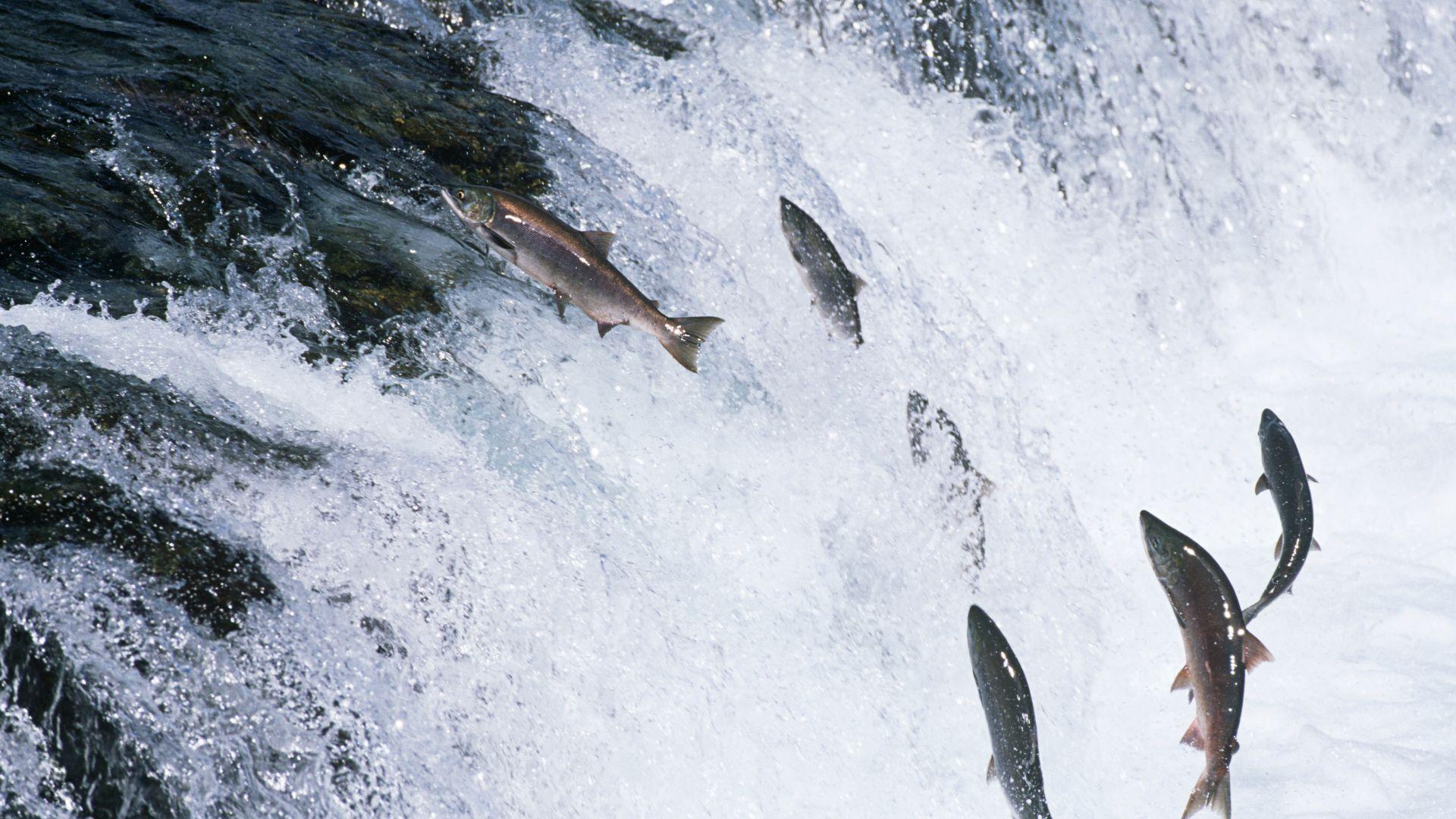
During the crash, around 77,000 young salmon, around two years in age, were thrown into the Lookingglass Creek.
The rest of the fish left on the side of the embankment and in the truck, which by then had lost most of its water reserves, were found dead.
A Statement From the Department of Fish and Wildlife
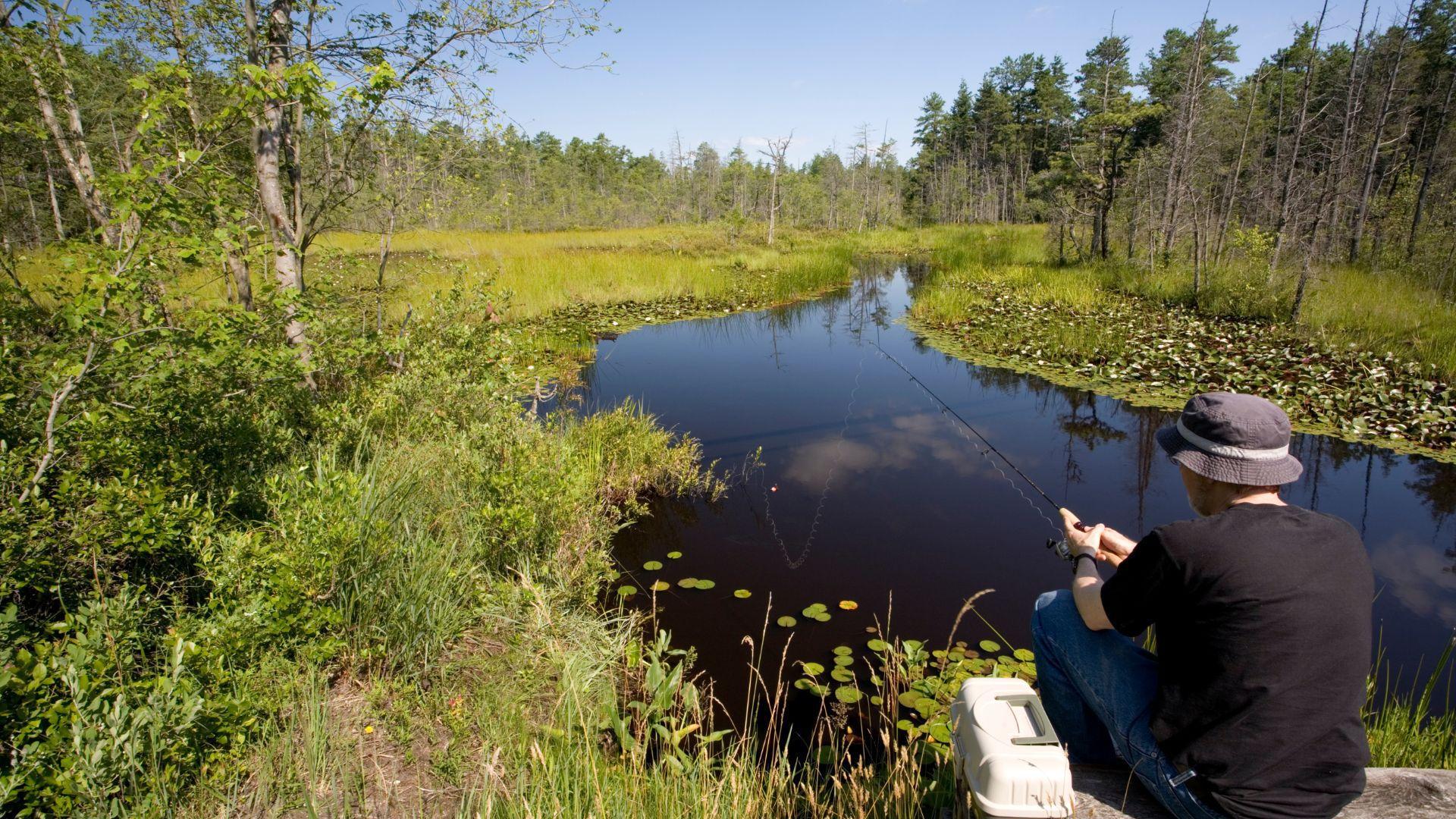
The Oregon Department of Fish and Wildlife (ODFW) sent out a press release following the massive loss of life.
They plan to see roughly 500-900 fewer adult fish returning to the area in 2026 and 2027 due to the crash. However, they remain hopeful that the fish released in the Lookingglass Creek will find their way to the Imnaha River, the intended release site.
The Path of the Transport
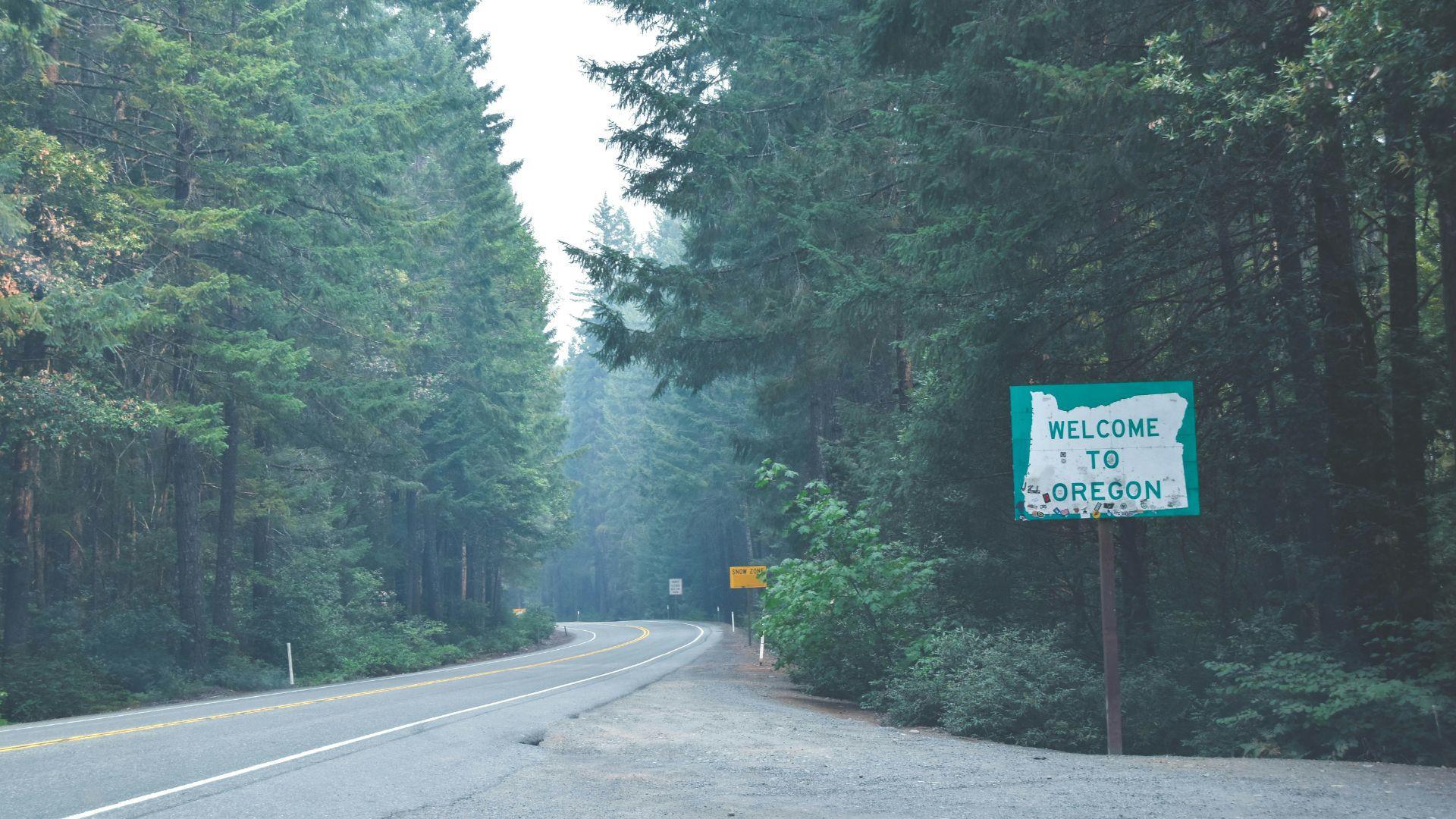
The intention of moving salmon in such a large quantity is an attempt to boost the population in certain threatened areas.
The fish in question were being moved from the Lookingglass Hatchery in northeast Oregon and needed to be released nearby.
Waning Fish Populations in the Area

Due to issues like overfishing, pollution, and interruptions in breeding, the salmon population all around North America has taken a massive hit in past decades.
Fisheries’ departments often have big plans to reintroduce fish into the area. Due to the durability of many salmon breeds, they can be relocated without much loss to a brood.
Lookingglass Creek Is Now an Important Site

Due to the nature of the lifecycle of salmon, they return to their last known place of origin to continue their breeding process.
Now that they’ve spent some time in Lookingglass Creek and call it home, the fisheries department expects that they will return to the creek each year to breed.
The Crash Wasn’t a Total Loss for Fish Population

Although the transportation certainly didn’t go as intended, the population can still have a healthy comeback.
Breeding and releasing is a common tactic to boost natural salmon populations that have been reduced.
Lookingglass Hatchery Has a Big Commitment to Fulfill
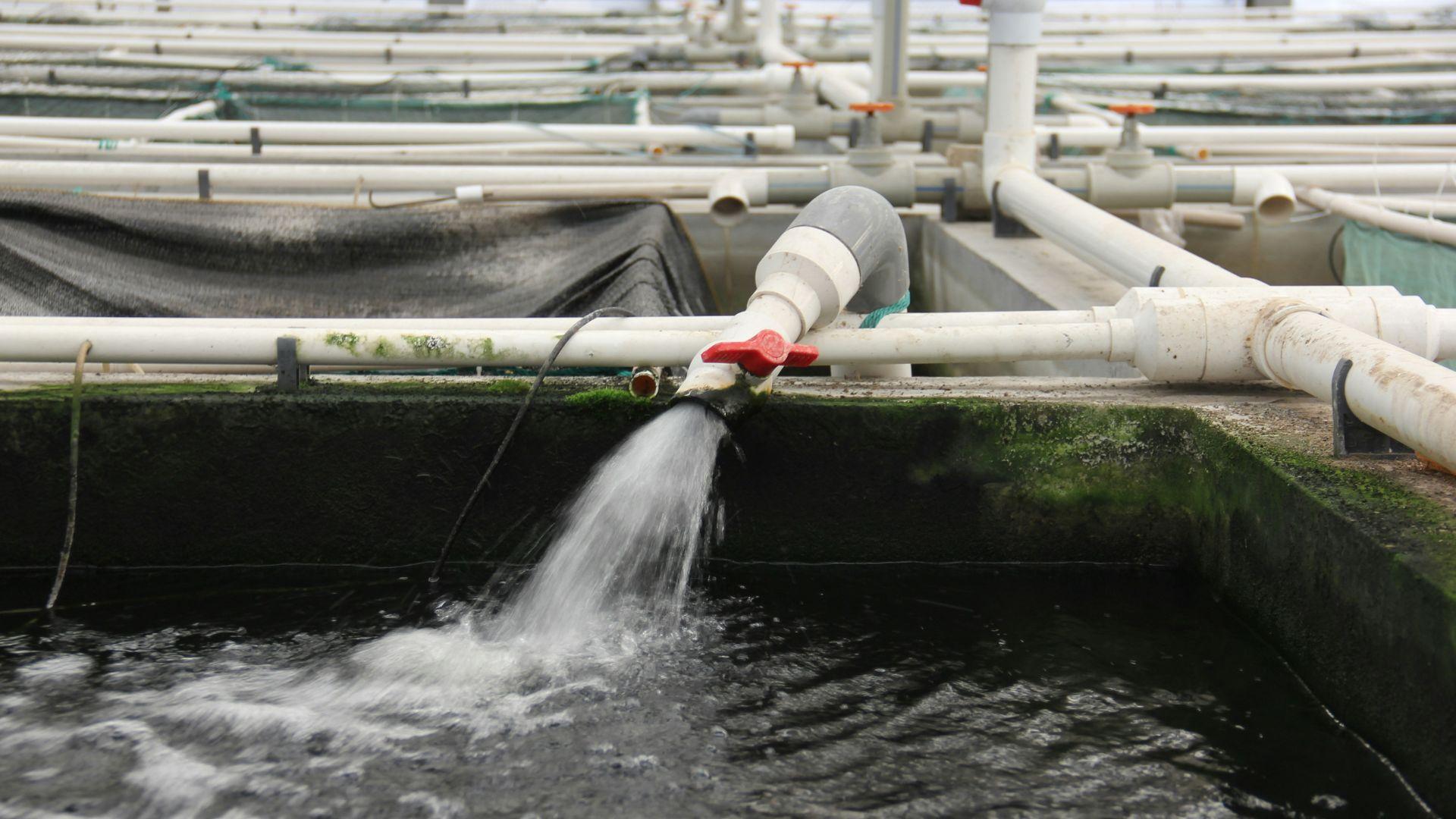
The same hatchery that spawned this massive brood of chinook salmon will need to ramp up production to make up for the loss.
The hatchery raises spring chinook to supplement hydropower under the Lower Snake River Compensation Plan, for tribal and sport fishing, and to boost the wild population in threatened areas.
Usual Salmon Releases Go Well
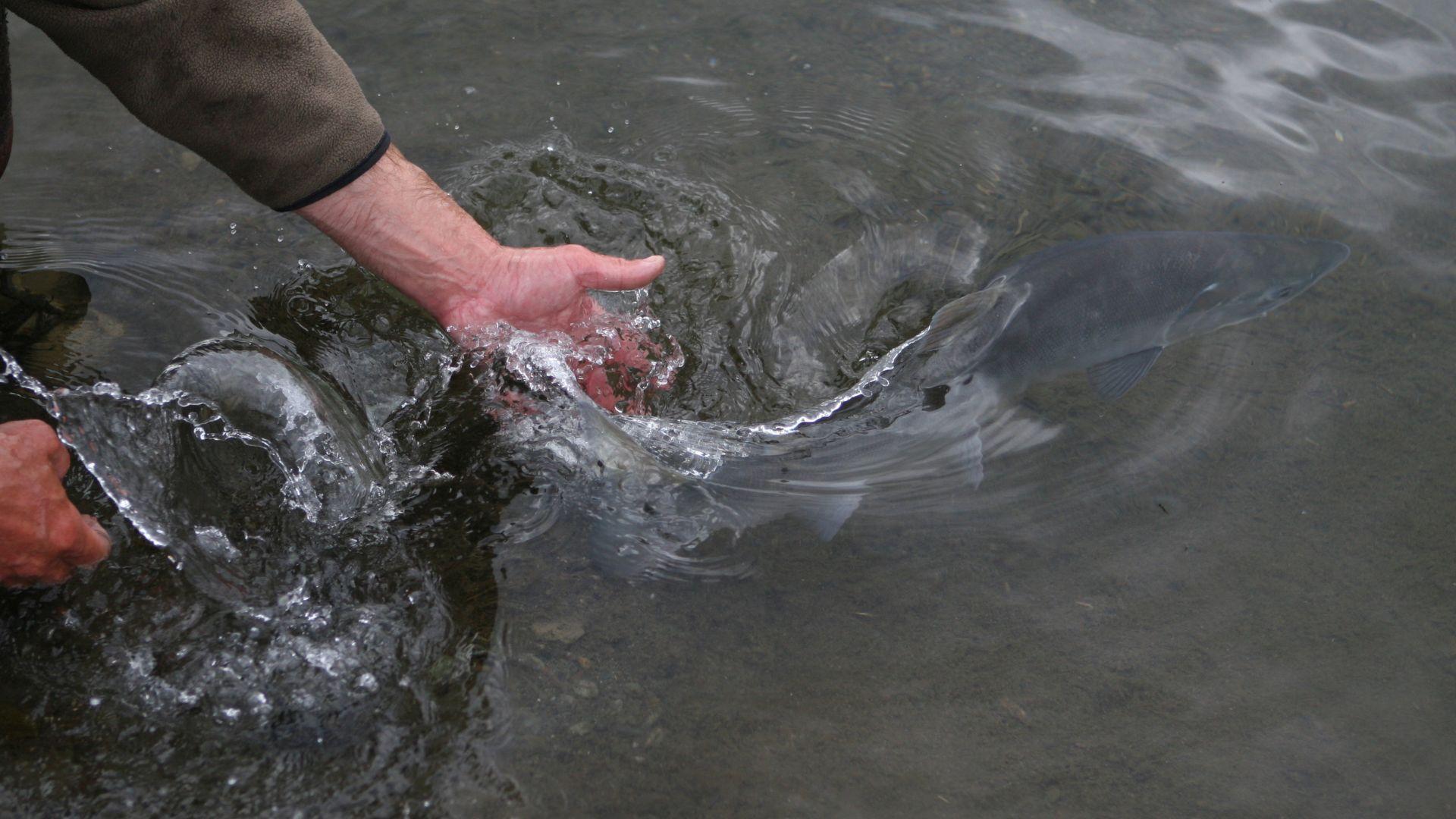
Each year, the ODFW releases roughly 500,000 young chinook salmon into the Imnaha River.
The fish that were lost due to the accident represent about 20% of the overall population to be released in 2024.
Looking Forward to Full Production in the Future
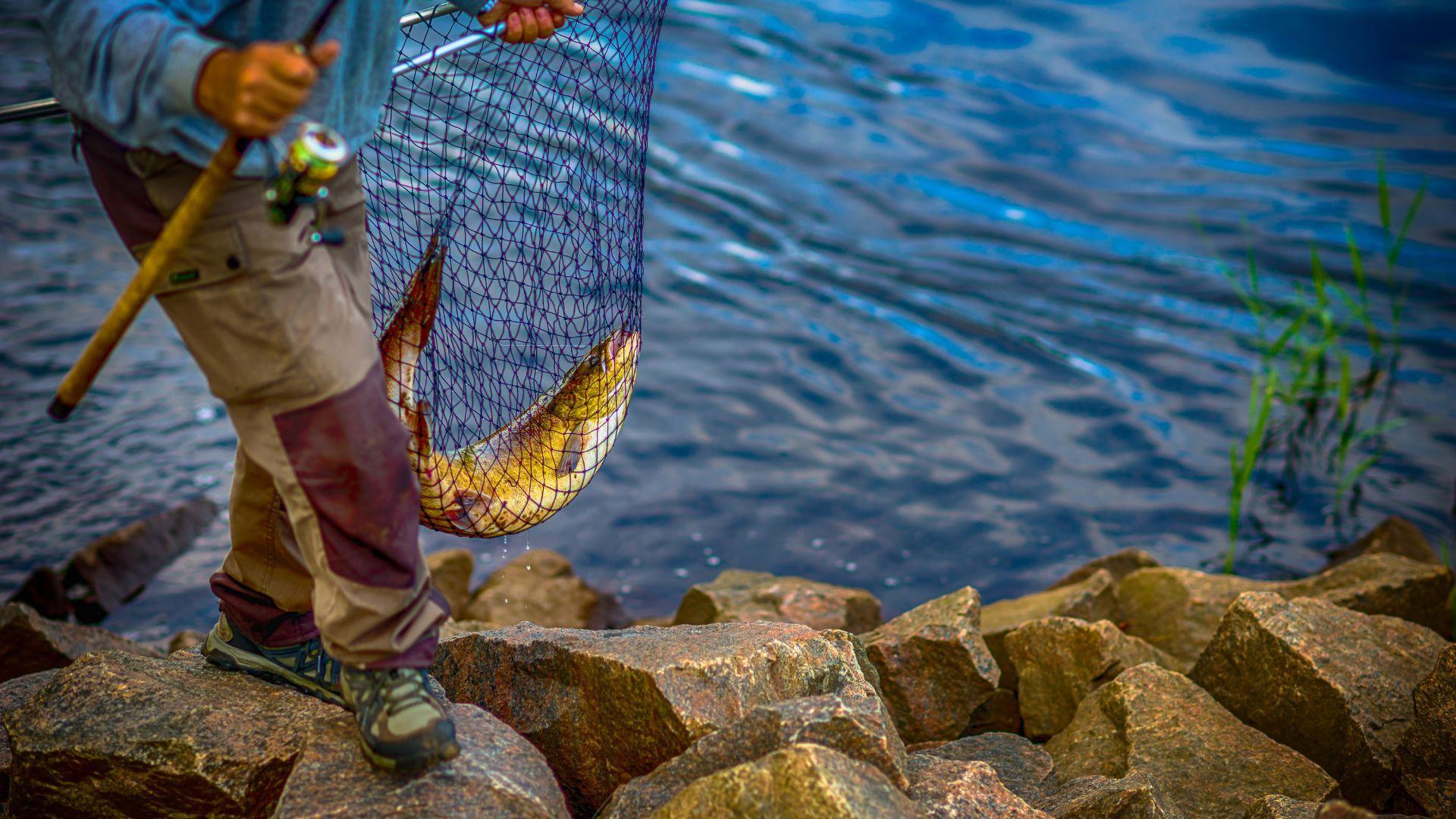
Although the loss means a huge hit for the salmon population in the next few years, the ODFW remains hopeful for the future.
The department stated that this accident should not severely affect their ability to collect a good stock of new fish and production goals will return in the future.
ODFW Truck Driver Not Seriously Injured
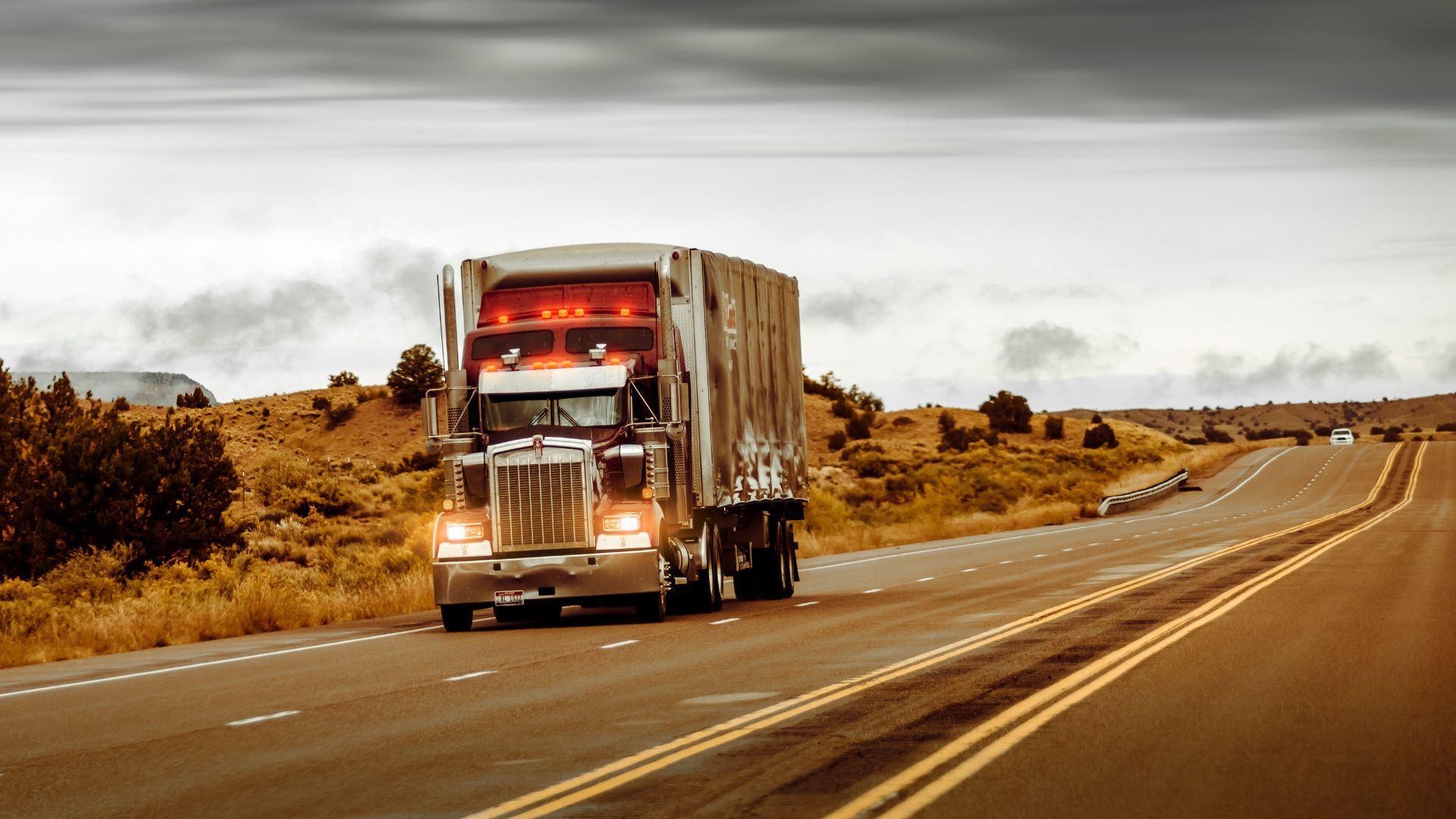
In their statement about the fish related catastrophe, spokesperson Andrew Gibbs, ODFW fish hatchery coordinator for Eastern Oregon, had some good news.
The employee driving the truck was not seriously harmed in the dangerous collision, bringing a silver lining to the accident.
